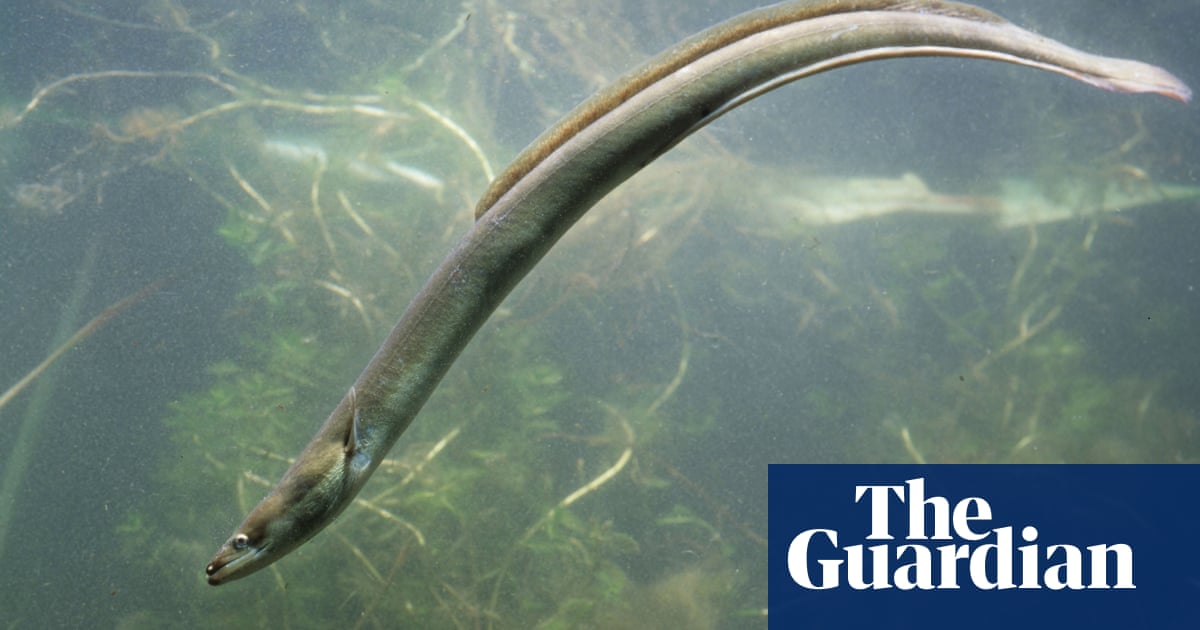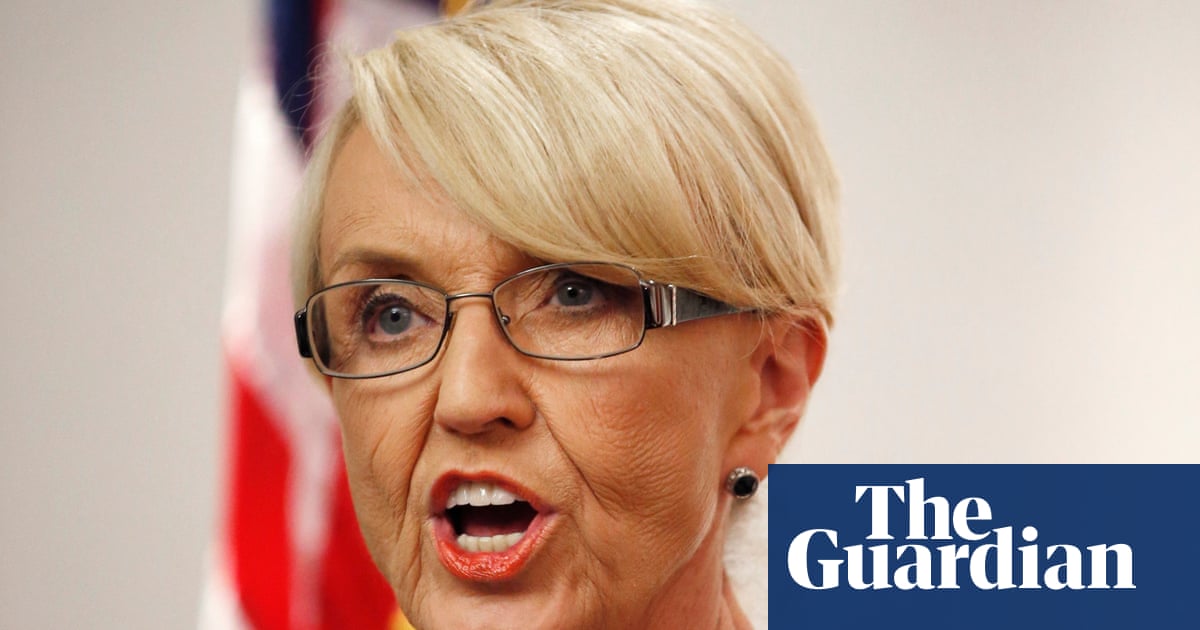Millions of critically endangered eels have been exported from the Severn estuary to Russia this year and conservationists fear export quotas will be increased next year.
A tonne of glass eels, the young elvers that swim into European estuaries from the Sargasso Sea each spring, was flown to Kaliningrad this year, double the amount exported to the Russian port the previous year.
Eel industry sources have told the Guardian that next yearâs application could increase to 5 tonnes. One tonne of European glass eels amounts to about 3 million fish.
The European eel (Anguilla anguilla) is a protected, red-listed species, with the number of elvers migrating into European rivers having declined by 95% since the 1980s.
In 2010 the EU banned the trade of European eels outside their natural range in Europe. Since Brexit it has been impossible for the UK to export glass eels to EU countries. But a legal loophole makes it permissible to catch and export elvers to non-EU destinations in their natural European range if they are used for conservation purposes, such as restocking lakes or rivers.
Andrew Kerr, of the Sustainable Eel Group, a European-wide body working with scientists, conservationists and commercial fishers, described the Department for Environment, Food and Rural Affairs (Defra) permitting the export of glass eels to Kaliningrad as âbonkersâ.
According to Kerr, eels exported to the Russian port could be smuggled eastwards towards Asia, where there is huge demand for young eels to stock fish farms because no one has worked out how to captive-breed the enigmatic species, which can live for up to 50 years in European rivers and lakes before returning to their Sargasso Sea birthplace to breed.
âTrafficking in eel is the biggest wildlife crime of a living creature on the planet,â Kerr said. âIt is such a risk to send them to Kaliningrad, the most notorious corner of Europe where everything is traded â humans, drugs, guns and eels.â
Peter Wood of UK Glass Eels, who has been exporting glass eels for more than 50 years, said a ban on eel exports to Russia would stop the traditional fishery on the River Severn because there were no other markets to export to. Exporting glass eels to Asia is forbidden.
âIt would close the fishery. That will be hundreds of years of heritage and culture gone,â Wood said.
Last year, government scientists issued a ânon-detrimentâ finding for eels, judging that until 2026 there was a harvestable surplus of glass eels on the River Severn and the River Parrett, even allowing for catch rates of up to 75% of the population. This enables their legal export.
Wood said he hoped to increase the amount of glass eels he would fly in his company plane to Kaliningrad next year. He said the eels were destined for a Russian ministry of agriculture-led ârestockingâ conservation project, whereby young eels are placed in the Vistula and Curonian lagoons, which Russia shares with Poland and Lithuania. From here, mature eels can reach the Baltic and, potentially, return to their Sargasso Sea breeding grounds.
âThis is a fantastic project. Itâs probably going to be the largest stocking project in Europe once it gets going. Everybody is a winner,â he said.
Of allegations that sending eels to Russia risked them being smuggled to Asia, Wood said: âI donât think there is any evidence for that at all. This is a really forward-looking environmental project. We just do not see this level of care at a lot of these restocking projects in Europe. Itâs absolutely transparent. They send Defra a very detailed report of the stocking thatâs taken place and the mortalities in the quarantine station.â
after newsletter promotion
He added: âSome of the problem is the moral dilemma of working with Russia. Theyâre not getting these glass eels for free. Every hundred kilos of glass eels they have, thatâll be one less missile they can afford to send.â
Kerr said it was not good conservation practice to send the eels to the eastern edge of their natural range, where individuals were less likely to make it back to the Sargasso than if they stayed in the Severn.
âWe donât know which silver [mature] eels make it back to the Sargasso Sea but the further they have to travel, the fewer will make it. Emptying a few eels into the east European edge of its range is not really conservation,â he said. âRestocking can be used as an emergency measure but it should be in addition to real conservation measures such as wetland and river restoration.â
The author Charles Foster, who has written about the plight of the eel, said: âThe export of critically endangered species to an unknown fate cannot possibly be justified on the basis of tradition or economics or in any other way.â
Between 50 million and 100 million glass eels swim into the Severn each year. Scientists calculate that 40% of mature silver eels need to get back down the river and out to sea to ensure there will be a recovery in the global population. At present there is just 2.3% such escapement.
According to the government, applications to export eels are assessed on a case-by-case basis, and the single application from Woodâs company in 2024 met the requirements of the UK wildlife trade regulations. The eels were found to be legally and sustainably caught and there were no conservation factors judged to merit the application being refused.
A Defra spokesperson said: âWe have robust rules and laws in place to safeguard protected species such as glass eels. Any applications to export them are scrutinised thoroughly by UK Cites authorities to ensure they are legal and sustainable. Any reports of illegal wildlife trafficking are taken very seriously and would be investigated by the Animal and Plant Health Agency and Border Force officials.â



